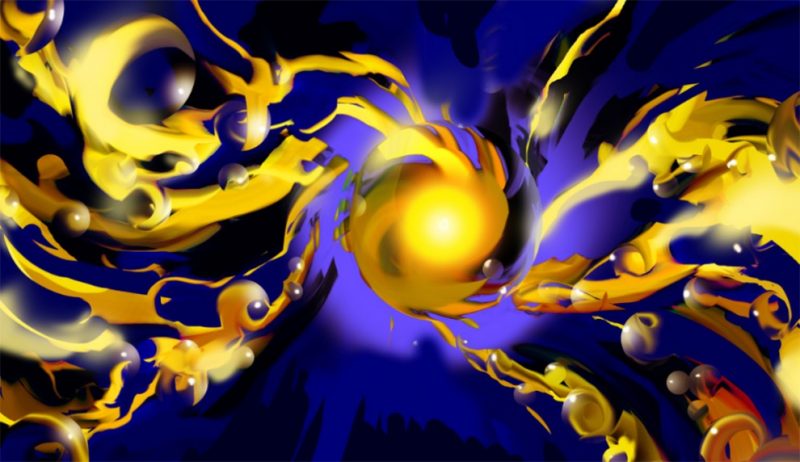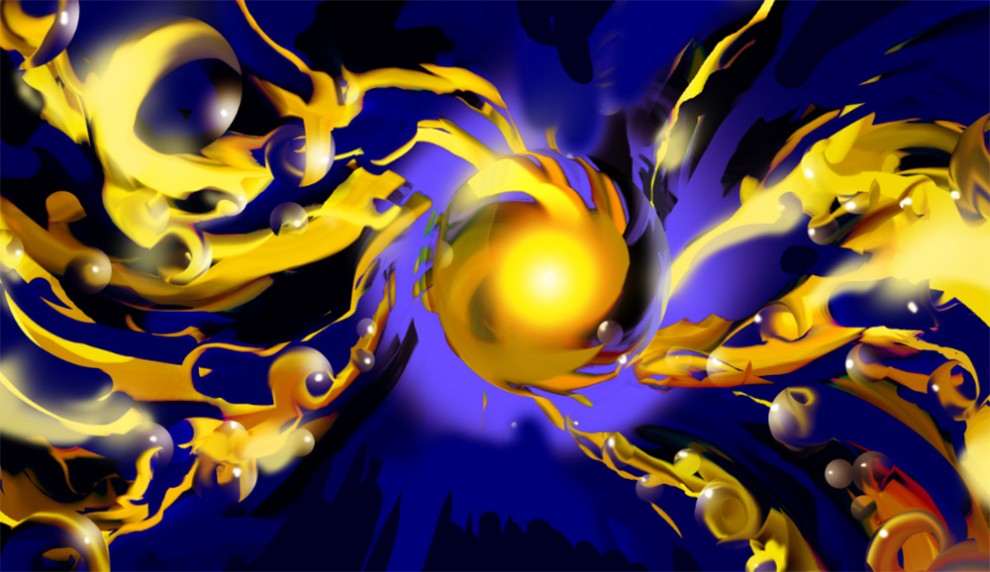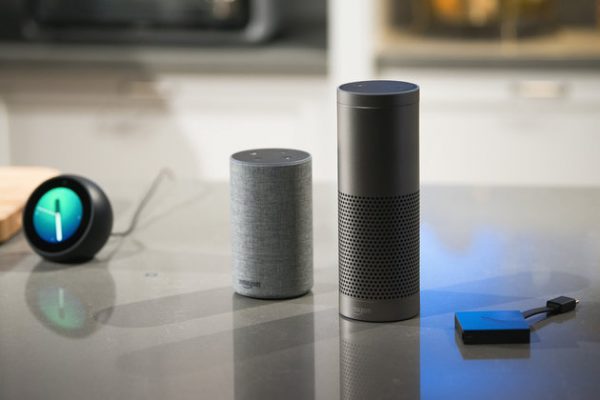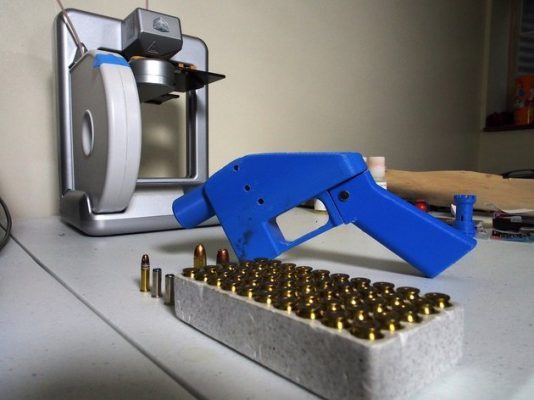Smallest Engine Ever Created Brought To Life By ANTs


Researchers at the University of Cambridge have created a nano-engine that holds the possibility to forever change the future of nano-robotics. Some of these robots are so small that they would be able to go inside live cells. The little engine is being compared to ants because they harvest massive power in compared to their weight.
To explain just how tiny this engine truly is, it is a mere handful billionths of a meter, using light to maintain power. Researchers say this new creation could pave the way for nano-machines that can travel through water, react to the surrounding environment and fight disease by making their way into living damaged cells.
The groundbreaking prototype is made up of gold charged particles that are bound by gel polymers which respond to surrounding temperatures. When a laser is used to apply heat to the nano-engine, within a fraction of a second the engine stores massive amounts of elastic energy while the polymer coatings release all water within their gel and collapse. This in turn causes all of the gold nano-particles to bind. Upon cooling, polymers absorb water and increase in size while the nano-particles quickly distance from one another very similar to how the workings of a spring.
Dr Tao Ding, author of the paper says the action is comparable to an explosion with hundreds of gold particles flying away from one another in a millionth of a second. Co-author Dr. Ventsislav Valev says that while it was previously known light can be used in order to heat water to create power for steam engines, what wasn’t previously understood was that light can be used to power piston engines on a nano-scale.
Scientists have been working on creating nano-machines for quite some time, but thus far tests were not able to make the little engines move. What’s so great about the new Cambridge research is that not only are these engines extremely simple but they are able to bear strong forces at astounding speeds. The forces are many orders of magnitude greater and about a hundred times improved force per unit which is stronger than motors and muscles.
Jeremy Baumberg, a professor from the Cavendish Laboratory was leader of the research and calls these new devices actuating nano-transducers (or ANTs). He says the biggest obstacle now is being able to control the produced forces and apply the technology to nano-machinery. He plans to find a way to turn Van de Waals energy into a polymers elastic energy, extending its release. This will help set the springs (in this case, polymers) and water molecules to release. Baumberg’s team is currently working closely with Cambridge Enterprise as well as the commercialization arm of the University to find a way to commercialize this new technology to be used in microfluidics.
The latest findings are discussed in depth in the PNAS journal.









